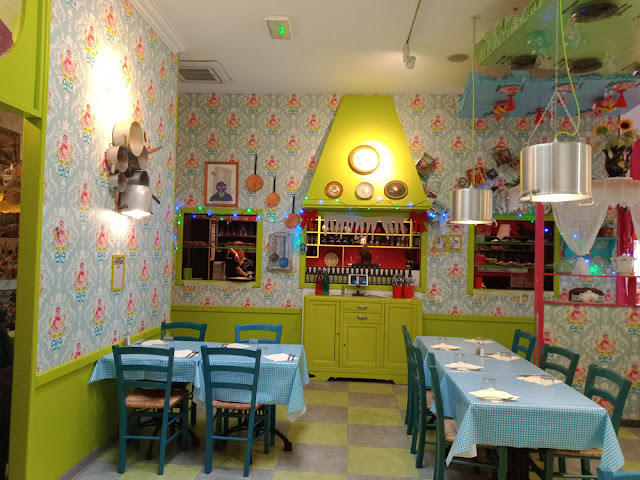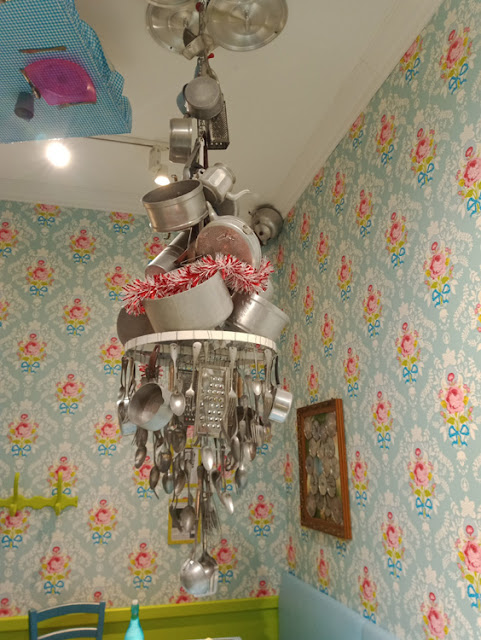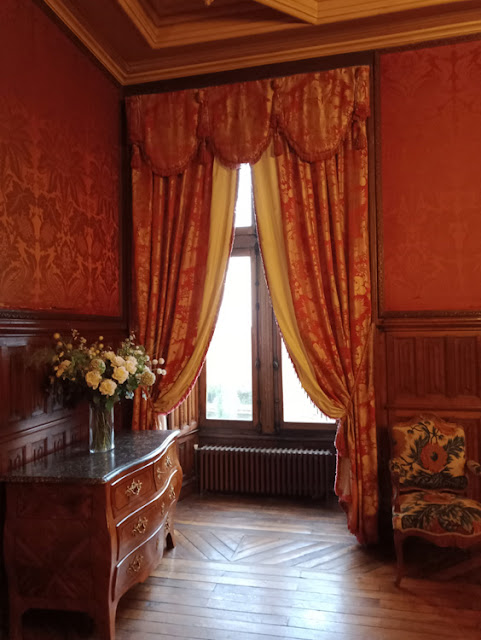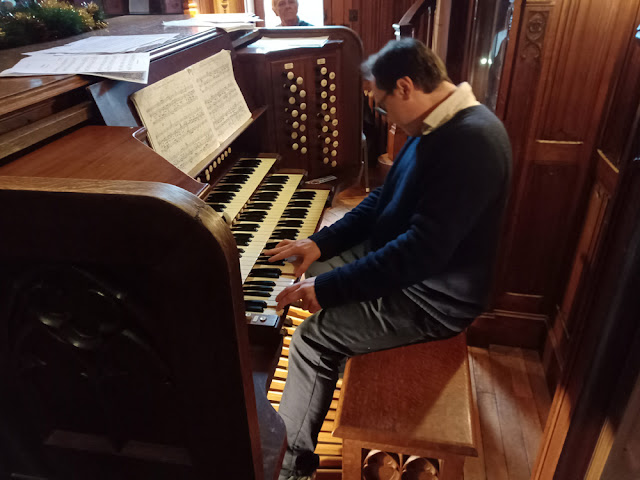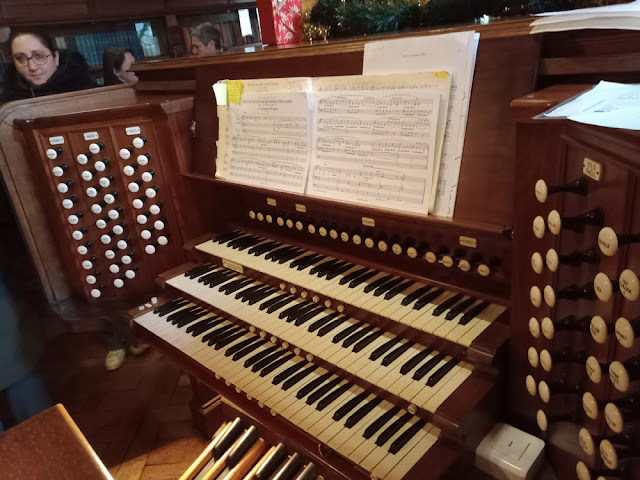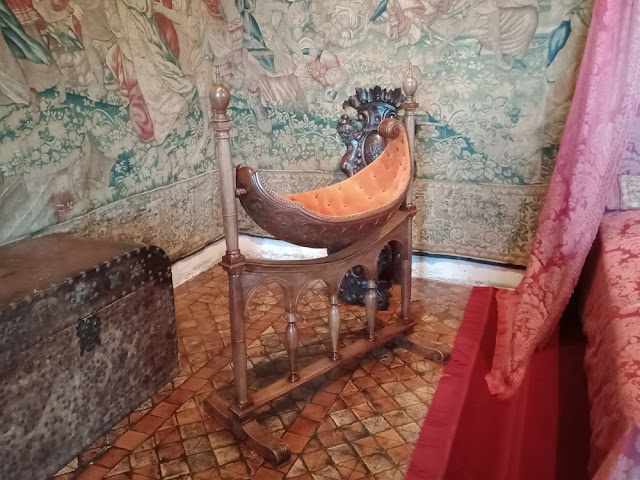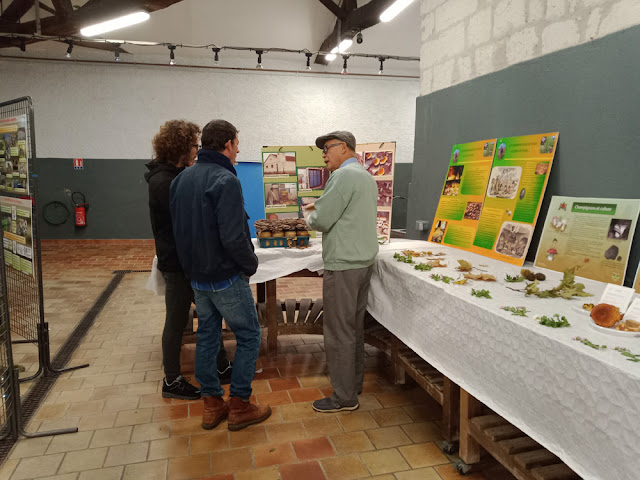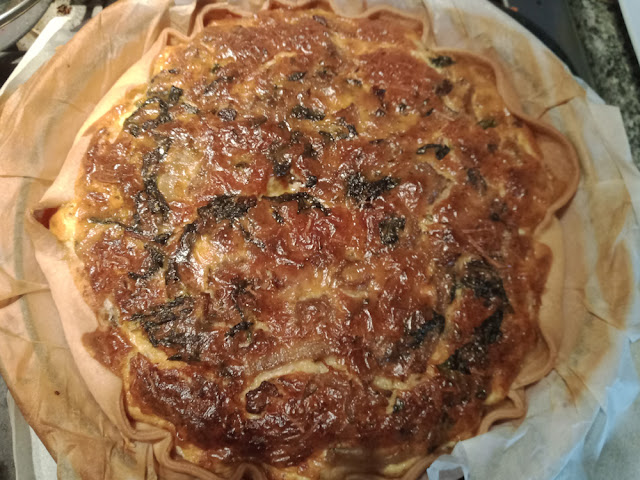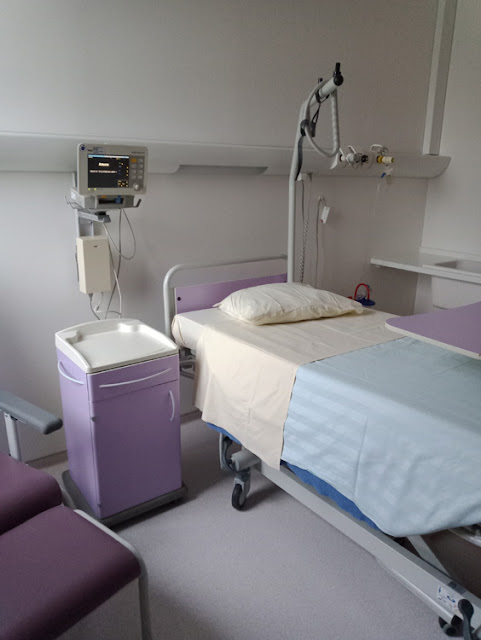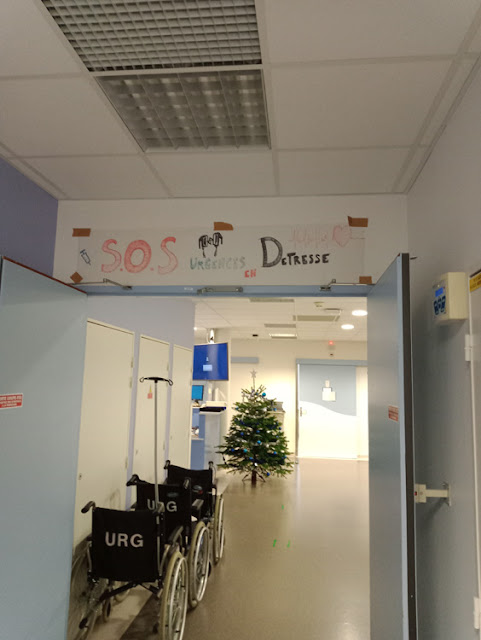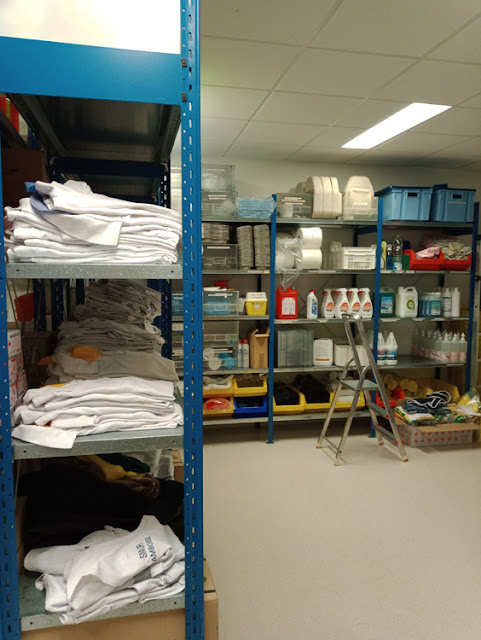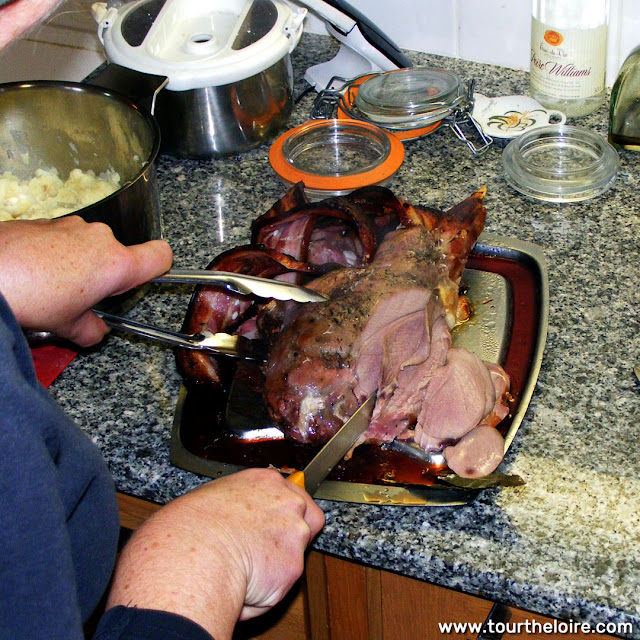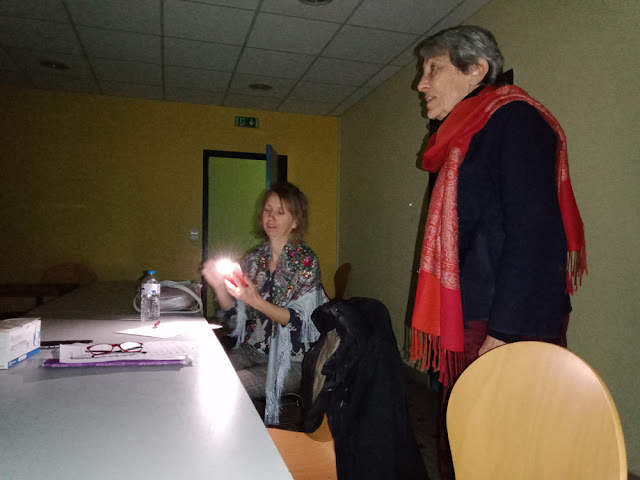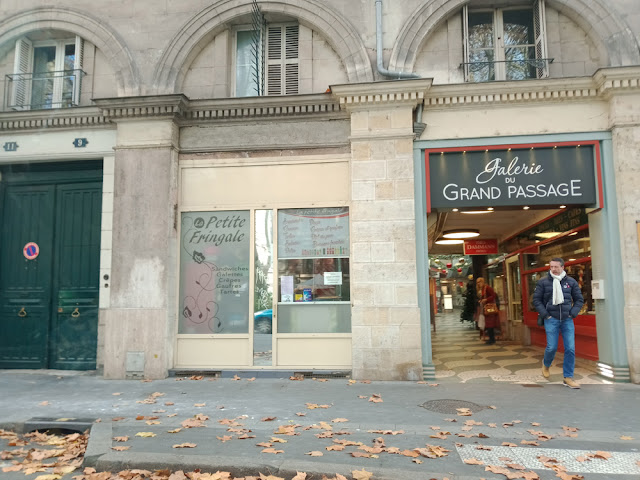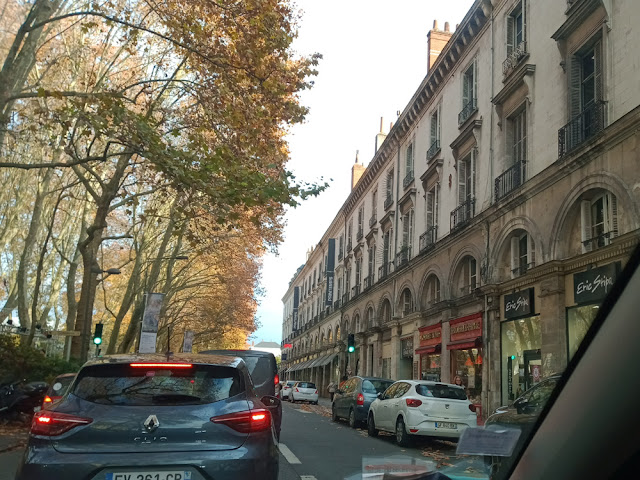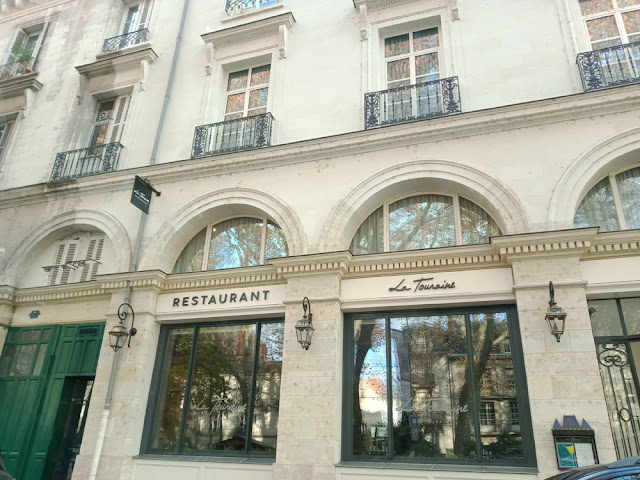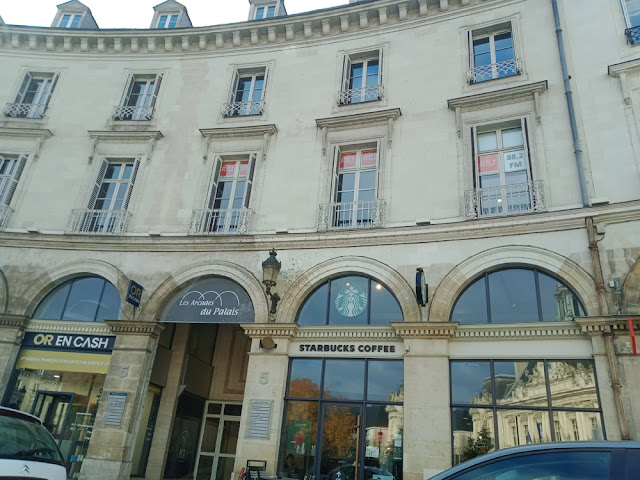Cold calling fraudsters are a notorious menace in France. Many people simply don't answer their landlines and habitually let them go through to the answer machine. We do answer our home phone, because about 50% of the time it is someone we know or want to speak to. Normally we simply hang up on the cold callers. Technically it is illegal to call French numbers to try to sign householders up for government sponsored insulation or heat pumps, but of course, that doesn't stop the practice. And some of them are very credible. They are polite and personable. Usually we just hang up on them when it becomes clear that they are not legit. But sometimes it is not so clear, and the other day I got caught to the extent of giving personal information like my tax file number (numéro fiscal) to the caller. I kicked myself afterwards of course.
 |
| Heritage carrot. |
The clue should have been the polite, patient but persistant questions requesting information about me, my circumstances and the house. I should have just hung up, but they claimed to be from Ma Prime Rénov, and as it happened I did actually want to talk to Ma Prime Renov. I allowed myself to be sucked in because it seemed like too good a chance to miss.
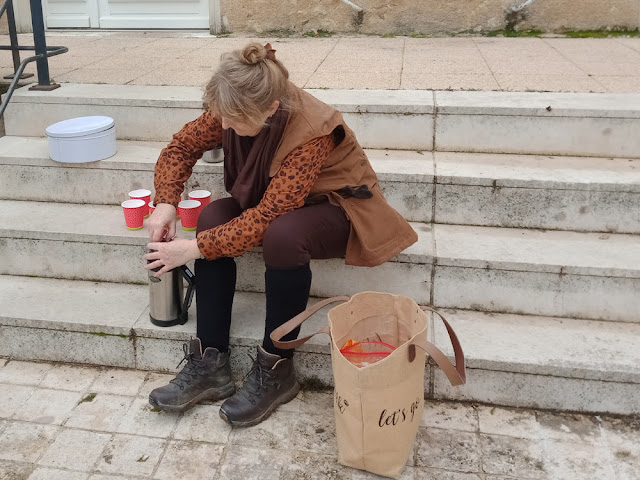 |
| Jane preparing to serve mulled wine at the end of a walk. |
Once I got off the phone I got a questioning from Simon and then set about protecting us from whatever fraud it is that was the aim of the game. I assume it is a scam to get enough details to apply for a grant from Ma Prime Rénov whilst claiming to be me. I asked various contacts what I should do to protect myself. The advice was to change the password for my online tax office account, tell them, the bank, Ma Prime Rénov and the police.
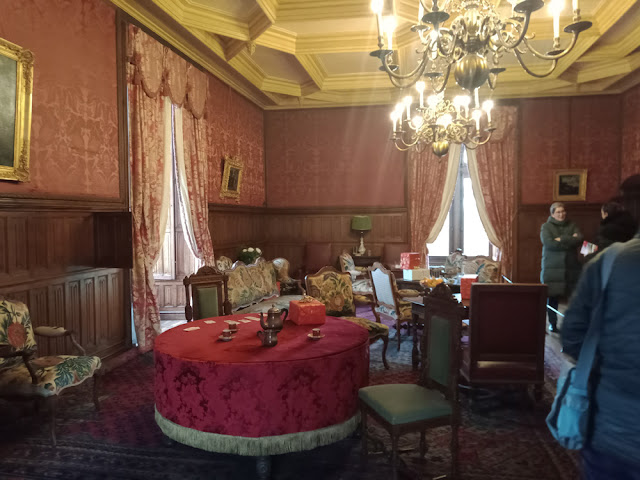 |
| Salon, Chateau de Candé. |
The bank assures me the scammers would need more than they have to get access to my account. Ma Prime Rénov told me that no account existed on their records for either me or my tax file number, but that I should check again in a few days just in case. The tax office messagerie was down so I changed the password, but didn't get a message to them until the next day.
 |
| Detail of the stableblock at the Domaine de Candé. |
I rang our local police station and got automatically transferred to the emergency switchboard, because it was lunchtime. The police officer I spoke to told me to ring my local police station again after lunch and make an appointment with them, which I did.
 |
| Both the jug and the carafe hold the same amount of liquid. |
The local police officer I spoke to offered to see me immediately, so off we went. I formally reported the incident, which in France is called making a 'main courante'. That means the incident is logged, and can be used later if I wanted to lodge a complaint and pursue legal activity. The police officer said that actually in these cases usually nothing further eventuates.
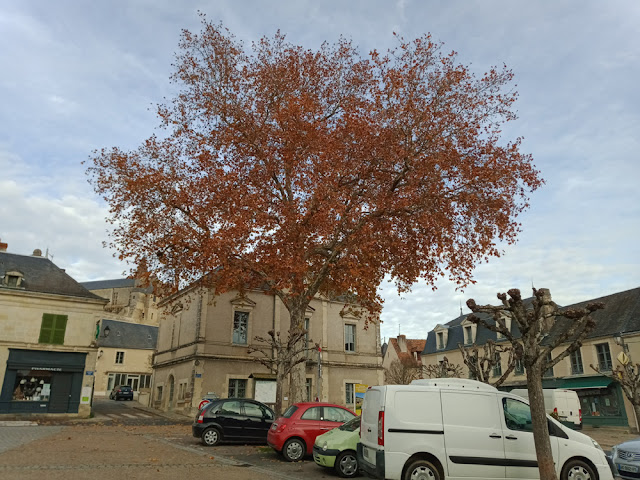 |
| The centre of Le Grand Pressigny. |
So far it appears that we have suffered no ill-consequences of me being too trusting, but it is a reminder that even in the season of goodwill not everybody is who they say they are.
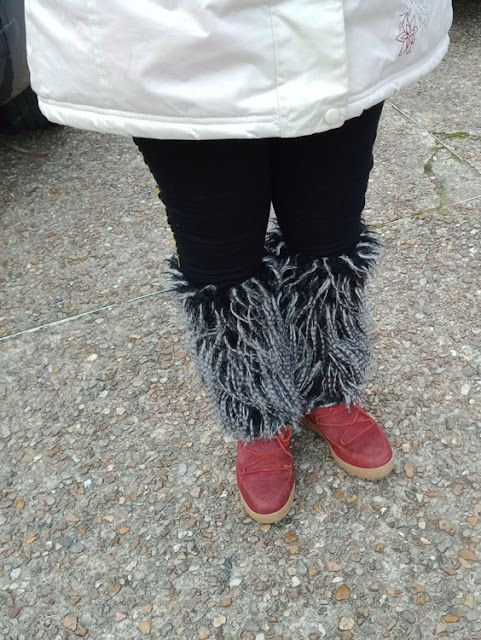 |
| Danielle wearing leggings. |
This post includes entirely random photos which have nothing to do with the subject matter in the text.

